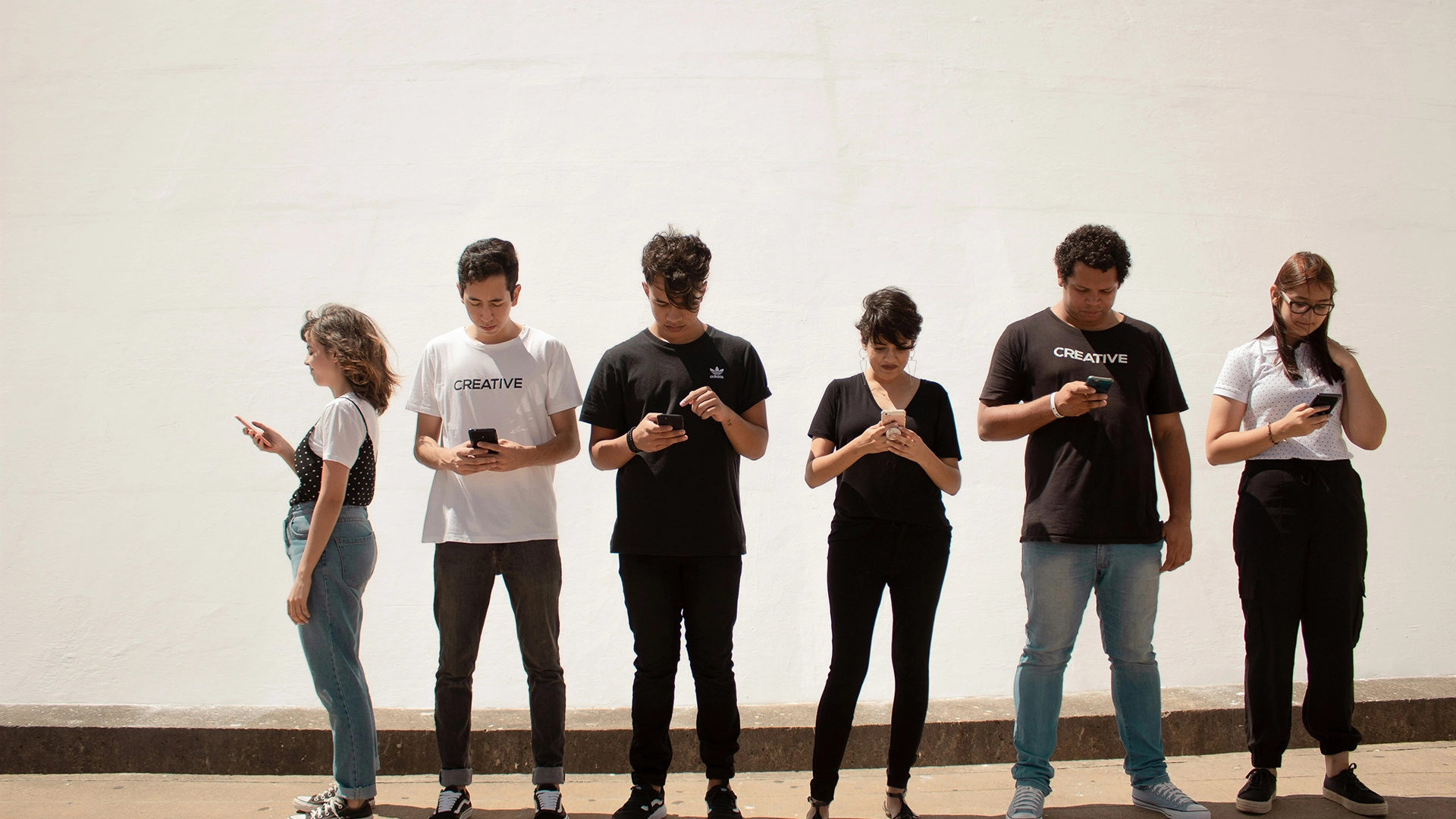
Image by Creative Christians, from Unsplash
Google Turns 2 Billion Smartphones Into Global Earthquake Warning System
A new study reports that Google’s system converted 2 billion smartphones into an earthquake early-warning network which functions equally well as traditional seismometers.
In a rush? Here are the quick facts:
- Google uses over 2 billion smartphones for earthquake early warnings.
- Android Earthquake Alerts detected 11,000+ quakes from 2021 to 2024.
- Google’s alerts complement official systems but sometimes underestimate large quakes.
The Android Earthquake Alerts system operated by Google detected 11,000 earthquakes through phone accelerometer data between 2021 and 2024 and delivered 1,200 alerts to users across 98 nations.
LiveScience argues that the innovation has expanded earthquake warning distribution to reach 2.5 billion people instead of the previous 250 million users in 2019.
“Earthquakes are a constant threat to communities around the globe,” Google representatives said. “What if we could give people a few precious seconds of warning before the shaking starts? Those seconds can be enough time to get off a ladder, move away from dangerous objects and take cover.”
Traditional earthquake alert systems work via expensive seismic stations, which provide coverage to limited regions of earthquake-prone countries. The AEA system of Google operates instead through Android smartphone and smartwatch motion sensors, which are in-built to these devices.
These sensors detect fast-moving P-waves, which typically precede destructive shaking, and which determine earthquake size and location.
Operating in countries including Greece, Turkey, the U.S., Japan, and Indonesia, AEA had sent 1,279 alerts as of March 2024, as reported by LiveScience. User feedback showed 85% of people experiencing quakes got alerts, with 36% receiving warnings before shaking began.
Only three alerts were false, triggered by thunderstorms or unrelated events. However, the system is not free of error, and was found to underestimate the size of some large earthquakes.
In one of the most serious incidents, Google’s AEA system failed to alert around 10 million people during the deadly 2023 earthquake in Turkey. Only 469 phones received the high-priority “Take Action” alert, despite Android devices being used by over 70% of Turkey’s population. The system initially underestimated the tremor’s strength, predicting magnitudes of 4.5 and 4.9, when in fact the quake measured 7.8. This mistake deprived many of a potentially life-saving 35-second warning.
Google acknowledged the failure, reaffirming the AEA system’s supplementary role alongside national alert networks.
Google emphasizes that AEA is designed to supplement, not replace, official warning systems. “AEA demonstrates that globally distributed smartphones can be used to detect earthquakes and issue warnings at scale with an effectiveness comparable to established national systems,” the researchers said.


 Previous Story
Previous Story

 Latest articles
Latest articles 